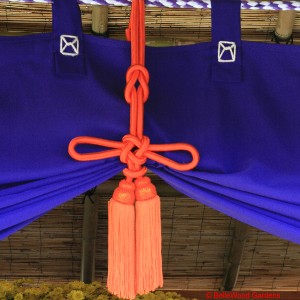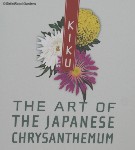
.
If you have any comments, observations, or questions about what you read here, remember you can always Contact Me
All content included on this site such as text, graphics and images is protected by U.S and international copyright law.
The compilation of all content on this site is the exclusive property of the site copyright holder.

Friday, 17 October 2008
Kiku at the New York Botanical Garden
 A perfect October day for an outing, with the sun shining from a cloudless blue sky and the occasional breeze teasing vibrantly hued leaves loose from tree branches to whirl giddily to the ground. Where to? The New York Botanical Garden, for the press preview of Kiku, the Art of the Japanese Chrysanthemum. Tomorrow will be the public opening of one of the most elaborate presentations of chrysanthemums in the imperial tradition ever seen outside Japan. This is the second year of an exhibition of this spectacular floral tradition. And last year's display (go here and scroll down to 27 October) was wonderful. So off we went, me and Paul and Shohei.
A perfect October day for an outing, with the sun shining from a cloudless blue sky and the occasional breeze teasing vibrantly hued leaves loose from tree branches to whirl giddily to the ground. Where to? The New York Botanical Garden, for the press preview of Kiku, the Art of the Japanese Chrysanthemum. Tomorrow will be the public opening of one of the most elaborate presentations of chrysanthemums in the imperial tradition ever seen outside Japan. This is the second year of an exhibition of this spectacular floral tradition. And last year's display (go here and scroll down to 27 October) was wonderful. So off we went, me and Paul and Shohei.
Today may have been the day of the press preview. However, it was also the preview day for members of the New York Botanical Garden. And they were similarly taking advantage of the wonderful weather to attend this splendid event. In fact, they quite outnumbered the press. They enthusiastically joined our group to hear what Margaret Falk, NYBG associate vice president who was taking us around had to say, nor were they shy about asking questions. I'm afraid I left Paul and Shohei to their own devices, crowded as close to Margaret as was polite, and did my best to stay there. I'd grab a couple of pictures, and eel my way back up front. Here's what we saw.
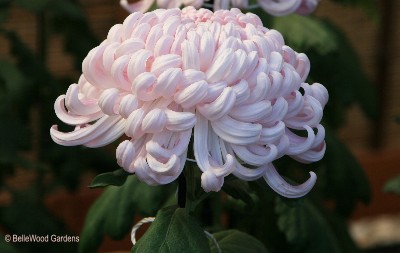
Forget the top-heavy, 3 for $10 pots of chrysanthemums sold at supermarkets, garden centers, big box stores. These kiku in the imperial style are cosseted examples of the plasticity of plant growth. It goes something like this: take a 3-inch cutting grow it, tweak it, train it for 10 to 12 months. If all goes well, you can put it on display for two weeks. Then take some three inch cuttings - and start all over again.
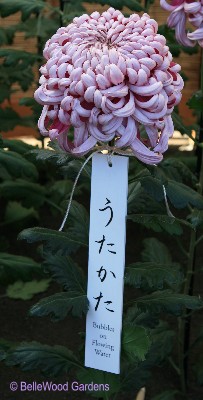
Ogiku Single Stemmed, are plants as much as 6-feet tall, each supporting a single, enormous, perfect flower. Their colors are pink, white, and yellow, the colors of the bridle reins, or tazuna of the emperor's steed.
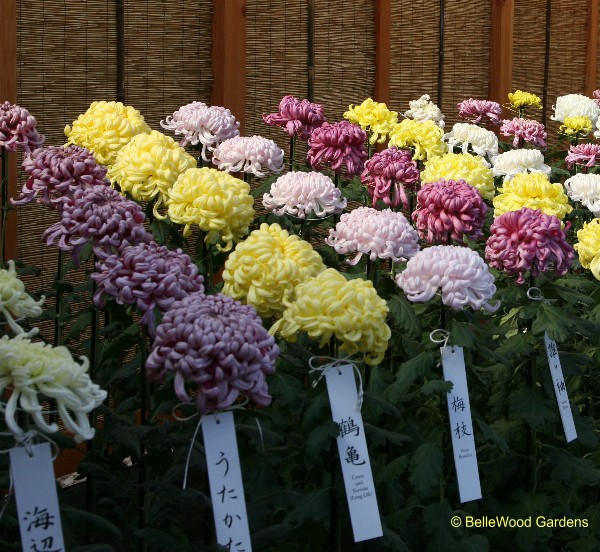
Each small cutting is staked and pinched, extraneous growth removed so just one strong stem remains. Only the best, most perfect, strongest bud at the top of the stem is allowed to remain and mature to produce the showiest, largest possible flower. To stage them in the uwaya each plant's stem will actually be cut free of the stake, then the pot tilted, so each flower, front to back, is displayed at the necessary increment for best display.
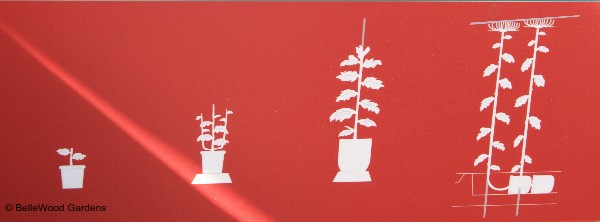
Ozikuri, Thousand Bloom style is just the opposite.
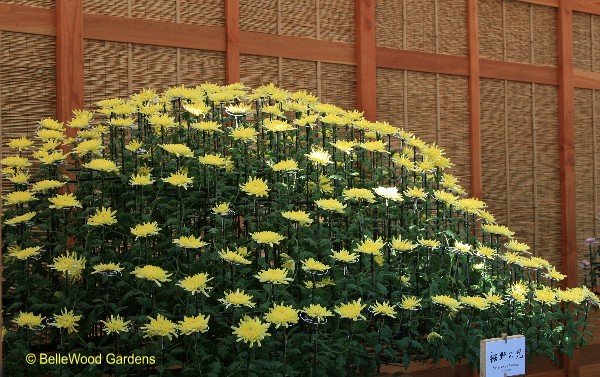
A single small cutting is allowed to produce five strong branches on the single main stem, then they in turn will produce many, many secondary branches. Each branch will be trained to grow very tall, supported on upright stakes. Now the fun begins, as a team of skilled gardeners loosen each branch from its support and weave it back and forth within a strong metal scaffolding. This fills the interior with green leaves, creating a sense of mass and solidity. Then branches are again coaxed upright and tied to vertical supports. Extraneous buds are mostly removed (a few are left as reserves, in case of accidents.) As each flower begins to open, an openwork wire collar is placed under each one, for additional support. Perhaps not a thousand blooms but certainly several hundred. And all on a single plant.
New this year is Shino-tsukuri style. The name means Driving Rain. These old style Edo chrysanthemums have petals of three different types. As the flower ages, some petals curl inward, toward the center, while others remain open. Color often varies, front and back of the petals, increasing the delicacy of the display.
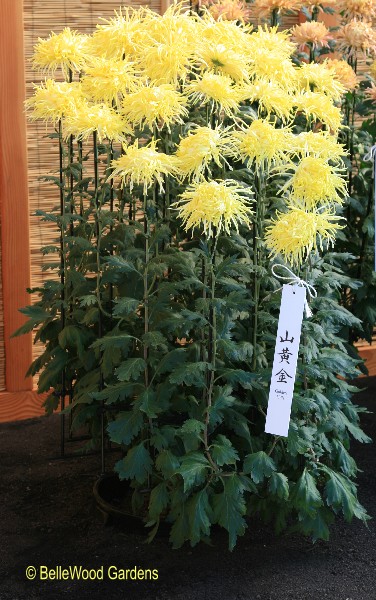
Two cuttings are started in each pot. The two plants are pinched and trained until there are 27 branches altogether. An intricate frame supports them in a slanted, circular pattern that reminds me of an umbrella tilted to strong rain. When ready for display the pots are moved to their uwaya. Fine sifted soil is used to bury the pots, tamped to create slanted sides and a flat top, for an elegant display.
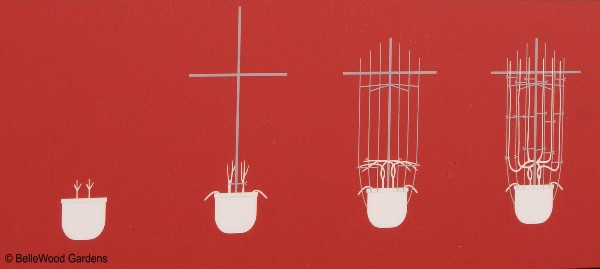
.
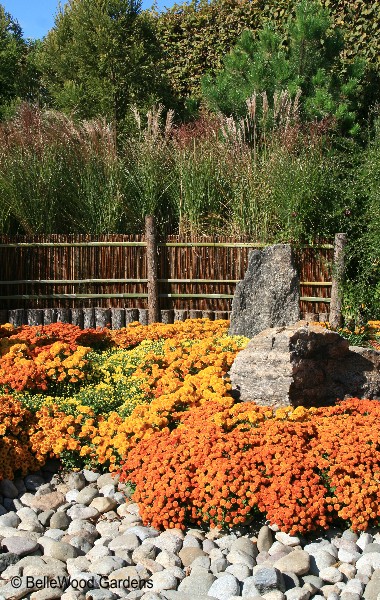
Using boulders found on the New York Botanical Garden's grounds, Marc Peter Keane created Japanese inspired landscapes, boulders rising from a sea of fist-size cobbles. With hues of red and orange the rich tones of these chrysanthemums intimate the autumnal foliage of Japanese maples.
.
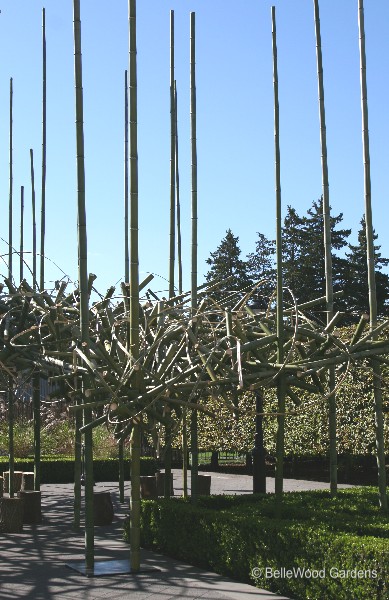
Clouds in the bamboo forest. Tetsunori Kawana, installation artist and master teacher, Sogetsu School of Ikebana, envisioned this sculpture. It was created in just 10 days, with the efforts of less than a dozen people. Some cut the fresh green madake timber bamboo, or split it into the ribbons that gracefully loop and twist around. No more than three people at a time would actually be up in the sculpture, fitting it together. There are a few places where holes were drilled and wire used to fasten pieces of bamboo together. It is the interlocking lengths of bamboo that are the real strength and support of this piece. Wonderful to walk beneath it. There are some sections of logs, that serve as seats, where one can pause, and contemplate, and enjoy.
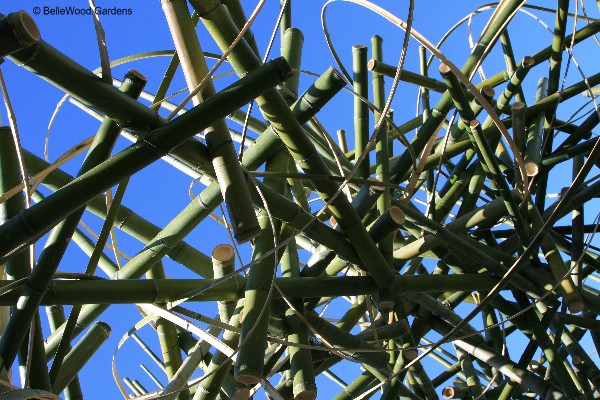
This exhibition will continue through November 16th, with fresh kiku
placed on display midway through the four-week period. Come early, come again,
come and enjoy Kiku: The Art of the Japanese Chrysanthemum.
